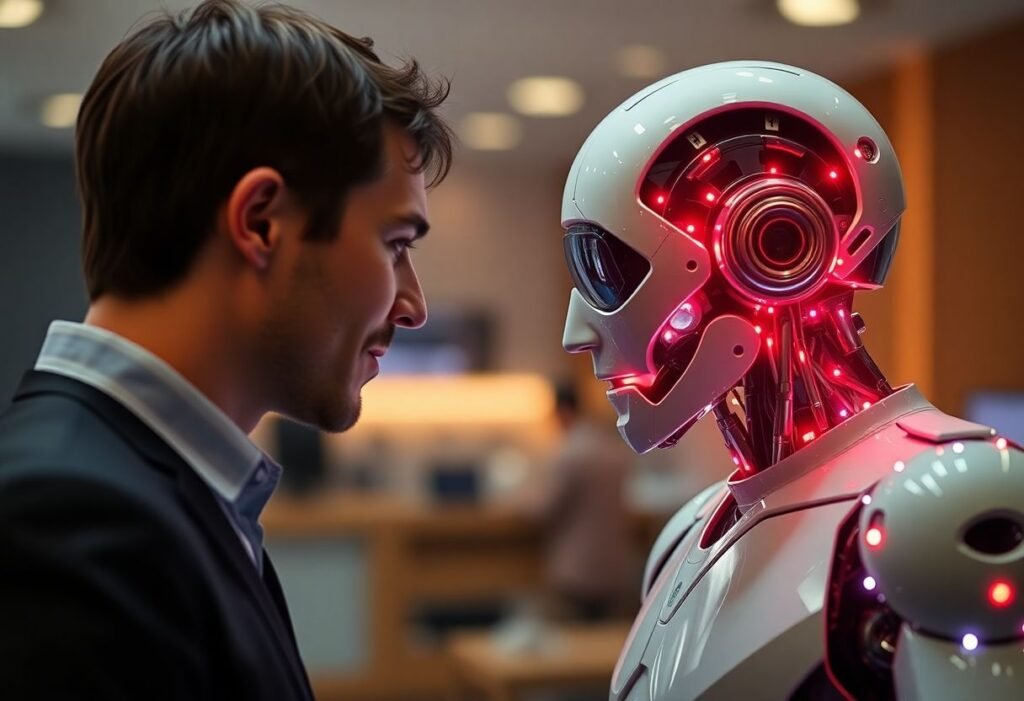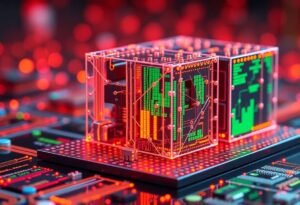The intersection of artificial intelligence and human-computer interaction is reshaping the landscape of innovation across industries. As technology evolves, AI is making interactions not only more intuitive but also more efficient, paving the way for groundbreaking applications and solutions.
Enhancing User Experience through AI
Artificial Intelligence is playing a pivotal role in enhancing user experience. By analyzing user behavior and preferences, AI systems can tailor interactions to meet individual needs. This personalization leads to a significant increase in user satisfaction and engagement. For instance, platforms like Netflix and Spotify rely on AI algorithms to curate content recommendations, making the user experience seamless and enjoyable. Such applications of AI illustrate its potential to transform not just how we interact with technology, but also how we perceive it.
Voice Recognition Technology Advancements
Recent advancements in voice recognition technology have transformed how users engage with devices. From virtual assistants like Amazon’s Alexa to Apple’s Siri, AI-driven voice recognition is enabling hands-free interactions that enhance convenience and accessibility. The ability for machines to understand and respond to natural language commands represents a significant leap in human-computer interaction. This technology is particularly beneficial for users with disabilities, granting them easier access to technology.
The Rise of Chatbots in Customer Service
Another area where AI significantly enhances human-computer interaction is through the use of chatbots. Businesses are increasingly deploying chatbots to provide 24/7 customer service, managing inquiries and complaints without human intervention. These AI-driven interfaces can learn from previous interactions, continuously improving their responses and providing more accurate information. This not only increases operational efficiency but also ensures that customers receive prompt information and support.
AI in Smart Home Devices
The integration of AI into smart home devices exemplifies innovation in human-computer interaction. Devices such as smart thermostats, lighting systems, and security cameras learn from user behaviors and preferences, allowing them to adjust automatically. This creates a more comfortable living environment while optimizing energy usage. Smart home systems exemplify how AI can lead to more intuitive and efficient interactions between users and technology.
Augmented Reality and AI Collaboration
The combination of AI with augmented reality (AR) offers groundbreaking possibilities in enhancing user interaction. AR applications provide users with a hybrid experience, overlaying digital information onto the real world. AI enhances this experience by recognizing objects and adjusting information in real-time, making interactions richer and more interactive. Such technology is being used in various fields, from education to healthcare, illustrating the profound impact of integrating AR and AI.
Future Trends in AI and Human-Computer Interaction
As we look ahead, the future of AI in human-computer interaction is promising. Innovations such as emotional intelligence in AI, allowing machines to recognize and respond to human emotions, are on the horizon. This advancement could lead to even more empathetic interactions between users and technology, bridging the gap between human emotions and machine understanding. The potential for AI to change how we communicate with machines continues to expand, driven by constant innovation.
Disclaimer: This article discusses implementations and improvements in AI technology and aims for informational purposes only. Results may vary based on individual use cases and specific technologies.





















